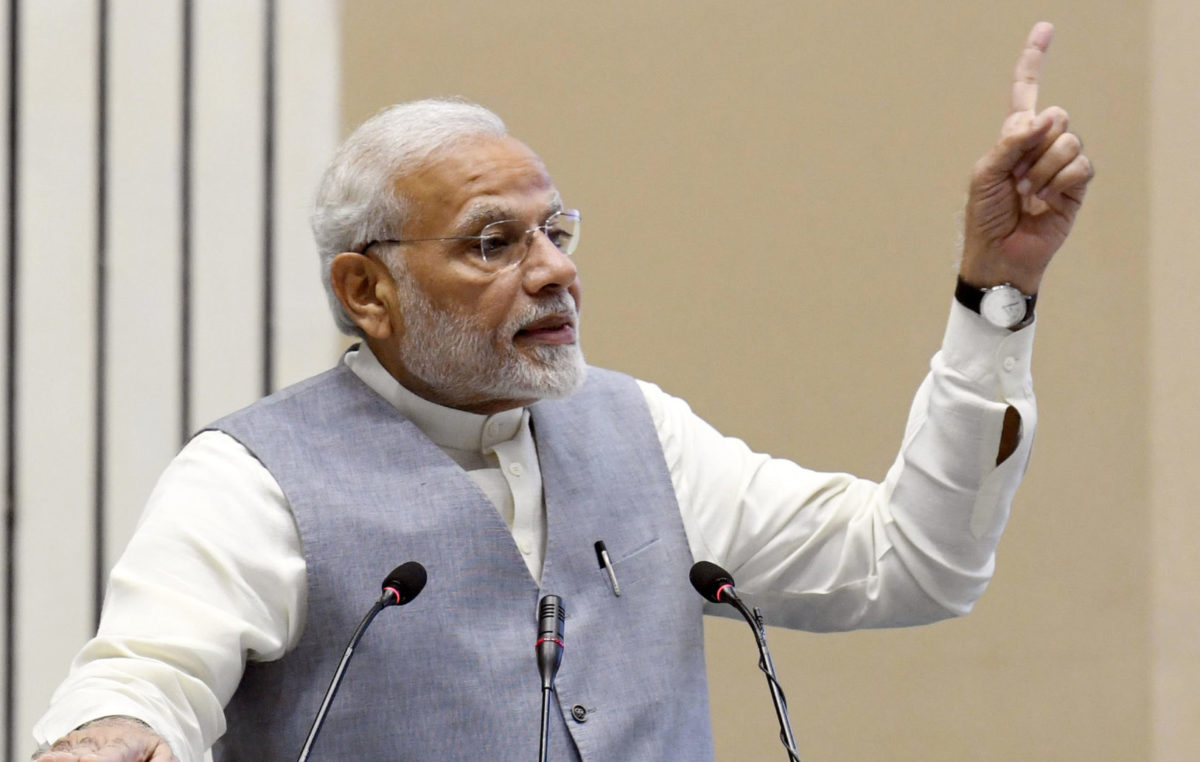Solar consultancy Bridge to India has stated high costs mean large scale energy storage may be at least three years away from entering the mainstream Indian market to any significant extent.
That pessimistic prediction was among the findings of the consultancy’s India Renewables Outlook 2024 report, which forecasts the nation could host 74-97 GW of solar generation capacity by 2025, with 82 GW the base case figure suggested.
India will reach 49 GW of solar project capacity this year, according to the base case estimate made by the Haryana-based analyst, with another 10 GW added next year before the rate of deployment slows to 7 GW of new capacity in each of 2022 and 2023 – for cumulative totals of 66 GW and 73 GW, respectively – and 9 GW in 2024.
Falling solar power tariff
Costs of more than Rs6/kWh that came out of the nation’s first mega storage tender will push the embrace of storage by cash-strapped power distribution companies out to at least 2023, states Bridge to India in its forecast.
Policy uncertainty will continue to affect commercial and industrial rooftop solar deployment, states the report, even if there is more obvious backing for residential solar, boosting the prospects of that segment of the market.
On the positive side, Bridge to India expects continued technological advances to get the price of solar electricity back on the downward trajectory in India “shortly” and predicted a new record low solar power tariff will be set “in the next year”.
The prospects for domestic solar manufacturing, however, remain “bleak”, according to the consultancy. With the safeguarding duty applied by the government on Chinese and Malaysian PV cell and module imports due to expire in July, Bridge to India dismissed speculation the federal authorities will remove the exemption of such products from customs duty. Moves have been made in New Delhi to reclassify solar cell and module imports as liable for 20% customs duty but the Bridge to India report stated the prospects of such a development “are dim, in our view”.
Manufacturing woes
Lack of safeguarding duty and customs fees, while helping down the price of solar electricity will continue to leave Indian manufacturers unable to compete with Chinese rivals, states the 2024 outlook study.
The elephant in the room, as far as Indian energy policy is concerned, is the fact the nation continues to add fossil fuel generation facilities despite having “a massive surplus in power capacity”. With demand for power not rising as much as had been predicted, that has seen the plant load factor of India’s coal-fired power stations fall from 65% to 56% in five years, according to Bridge to India.
The report also pulls no punches when it comes to assessing the nation’s chances of achieving renewable energy capacity targets of 175 GW by 2022 and a recently mooted 450 GW by 2030.
On that subject, the “narrative is usually too zealous, self-seeking and/or lacking in intellectual rigor”, states the Bridge to India report.
This content is protected by copyright and may not be reused. If you want to cooperate with us and would like to reuse some of our content, please contact: editors@pv-magazine.com.









By submitting this form you agree to pv magazine using your data for the purposes of publishing your comment.
Your personal data will only be disclosed or otherwise transmitted to third parties for the purposes of spam filtering or if this is necessary for technical maintenance of the website. Any other transfer to third parties will not take place unless this is justified on the basis of applicable data protection regulations or if pv magazine is legally obliged to do so.
You may revoke this consent at any time with effect for the future, in which case your personal data will be deleted immediately. Otherwise, your data will be deleted if pv magazine has processed your request or the purpose of data storage is fulfilled.
Further information on data privacy can be found in our Data Protection Policy.